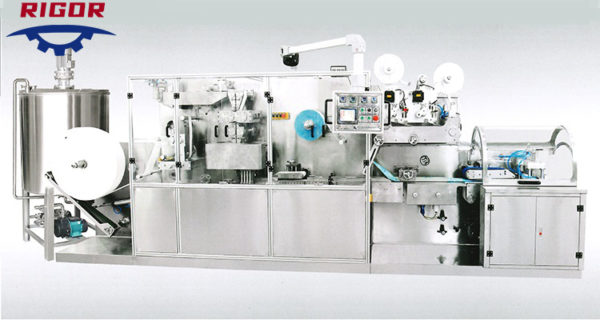Manufacturers of wet wipes face various challenges when sourcing raw materials and components.
To address these challenges, they employ several strategies:
- Diversification of Suppliers: Manufacturers reduce dependence on a single supplier by diversifying their supplier base. This helps mitigate the risk of supply chain disruptions caused by factors such as supplier insolvency, geopolitical instability, or natural disasters. By working with multiple suppliers for critical raw materials and components, manufacturers can maintain continuity of supply and negotiate more favorable terms.
- Supplier Qualification and Audits: Manufacturers conduct thorough supplier qualification processes to assess the capabilities, reliability, and compliance of potential suppliers. This includes evaluating factors such as quality management systems, production capacity, financial stability, and adherence to regulatory requirements. Regular supplier audits are also conducted to ensure ongoing compliance and performance.
- Long-Term Contracts and Relationships: Manufacturers establish long-term partnerships and contractual agreements with key suppliers to secure stable and reliable sources of raw materials and components. These contracts often include terms and conditions related to pricing, quality standards, delivery schedules, and volume commitments. Building strong relationships with suppliers fosters collaboration, trust, and mutual understanding, leading to better support and cooperation during challenging times.
- Supply Chain Visibility and Transparency: Manufacturers implement systems and technologies to improve visibility and transparency across their supply chain. This includes real-time tracking of inventory levels, production schedules, and supplier performance metrics. By monitoring key performance indicators (KPIs) and sharing data with suppliers, manufacturers can proactively identify potential issues, anticipate demand fluctuations, and optimize inventory management.
- Risk Management Strategies: Manufacturers develop risk management strategies to identify, assess, and mitigate potential risks associated with raw material sourcing. wet wipe manufacturing This includes conducting risk assessments, scenario planning, and developing contingency plans for various supply chain disruptions. By anticipating and preparing for potential risks, manufacturers can minimize their impact on production operations and maintain business continuity.
- Alternative Sourcing Options: Manufacturers explore alternative sourcing options for raw materials and components to diversify supply and reduce dependency on specific regions or suppliers. This may involve sourcing from different geographical locations, exploring new suppliers, or considering alternative materials with similar properties. By broadening their sourcing options, manufacturers can enhance flexibility and resilience in their supply chain.
- Collaboration and Innovation: Manufacturers collaborate with suppliers, industry partners, and research institutions to explore innovative solutions for sourcing raw materials and components. This may involve joint research and development initiatives, value engineering, and product innovation to optimize material usage, reduce costs, and enhance sustainability. By fostering a culture of innovation and collaboration, manufacturers can address sourcing challenges more effectively and stay competitive in the market.
By implementing these strategies, manufacturers of wet wipes can effectively address the challenges associated with sourcing raw materials and components, ensuring a stable and resilient supply chain to support their production operations.
